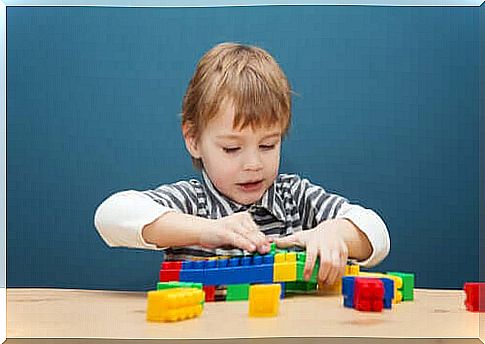Construction Games And Their Application In Therapy

Lego and other construction toys have firmly established themselves in adult psychological therapy and in many business coaching processes . What started out as a game that fascinated children ended up being a powerful tool for working with adults. When we think with our hands, we also exercise our emotional intelligence – by testing our tolerance for frustration, for example – our visual intelligence and our kinesthetic intelligence.
It provides a lot of information about a person’s personality, emotions, frustration tolerance, and conflict resolution skills. For all these reasons, construction games are often used in therapy, both individual and collective. It’s a way to help develop emotional intelligence, creativity, empathy, and other skills.
The therapies of construction games
The main model of psychological intervention, based on speech, has been the most traditional until now. In recent years, psychological therapy has evolved into expressive interventions, such as play therapy or art therapy. These types of therapies aim to steer patients toward exploring deeper perspectives. The therapies of construction games are very effective for the discovery of unconscious contents.
The case of the Lego facilitation method, for example, consists of a highly structured and innovative clinical process. There are several facilitator models of Lego. The Lego Serious Play (LSP), which was first used in businesses. The Six Bricks and the Play Box which have been used for children’s development and learning. In addition, the latter two have been generalized to various applications in education, family counseling and mental health.
The book The Cult of LEGO (Baichtal & Meno, 2011) is particularly interesting. This book describes Lego-based social development therapy at the New Jersey Center for Developmental Neurological Health.

Applications
Psychologists Harn and Hsiao apply LSP therapy to help survivors of violent episodes. They achieve this by restoring their interpersonal confidence. They also presented a report on the application of LSP therapy to reduce work-related stress.
This type of therapy combines Lego constructions with questions from the healthcare professional. This way the patient should follow the narration rather than just sharing personal information. On the other hand, the use of the Six Bricks model has become an effective method to promote linguistic ability, cooperation and emotional mediation.
Both approaches are based on creating a positive emotion of building and expansion. They lead to the development of new skills and resources and help to eliminate negative emotions. According to social psychologist Barbara Fredrickson, “playing” is the fastest way to achieve positive emotions. The game is a pattern that people use to build.
The emotional transition produced by creativity and pleasure helps patients restructure their life history and perceive their own skills and resources. The bricks in building sets may well symbolize obstacles or the limits of our own ideas. Thus, by using them to build, one favors the conversion of the thought. In that sense, tasks with the Six Bricks are simple, yet challenging.
Coping with depression
In conventional therapies, patients with severe depression are often limited in their speaking skills. However, through the therapy of building games, it is easier to externalize the emotions.
While therapy is also group therapy, it gives the patient the opportunity to bond with other team members in positive social interaction. In short, this method uses emotional regulation and cognitive restructuring.

Construction games and research
These construction sets are loaned to various psychological research studies. In 2011, cognitive psychologist David Whitebread conducted several studies on the relationship between these building games and speech and self-regulation.
On the other hand, another study is underway under the direction of Miles Richardson of the University of Derby. This team studies the skills of construction games as good predictors of mathematical and spatial skills.
In The Ikea Effect, the team led by Michael Norton explored the counterintuitive notion of having to strive to increase the willingness to pay for it. Consumers place a disproportionately high value on the products they helped create or manufacture. In this way, a positive affection and emotional attachment to the constructed product develops. This allows individuals to see themselves as competent.










